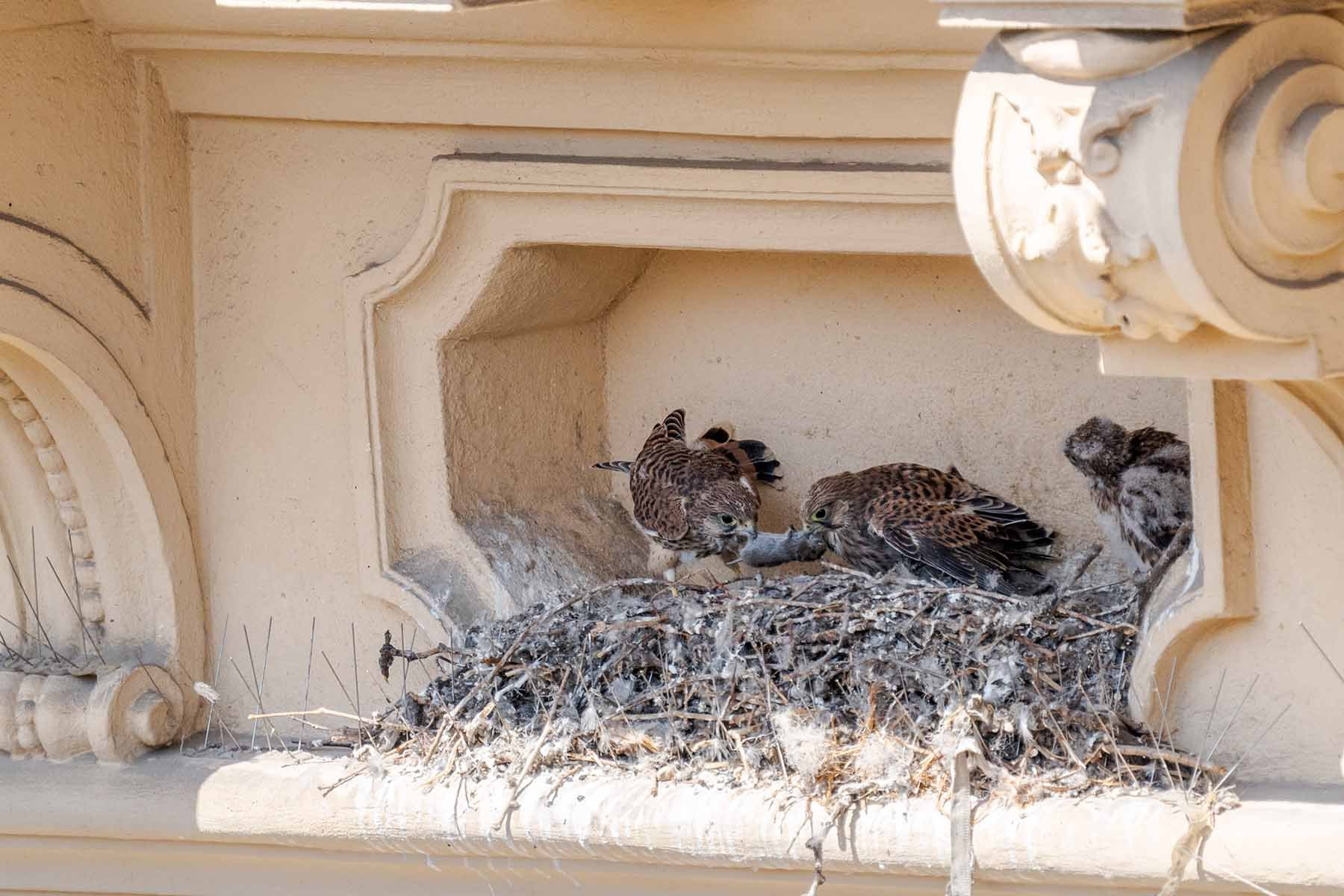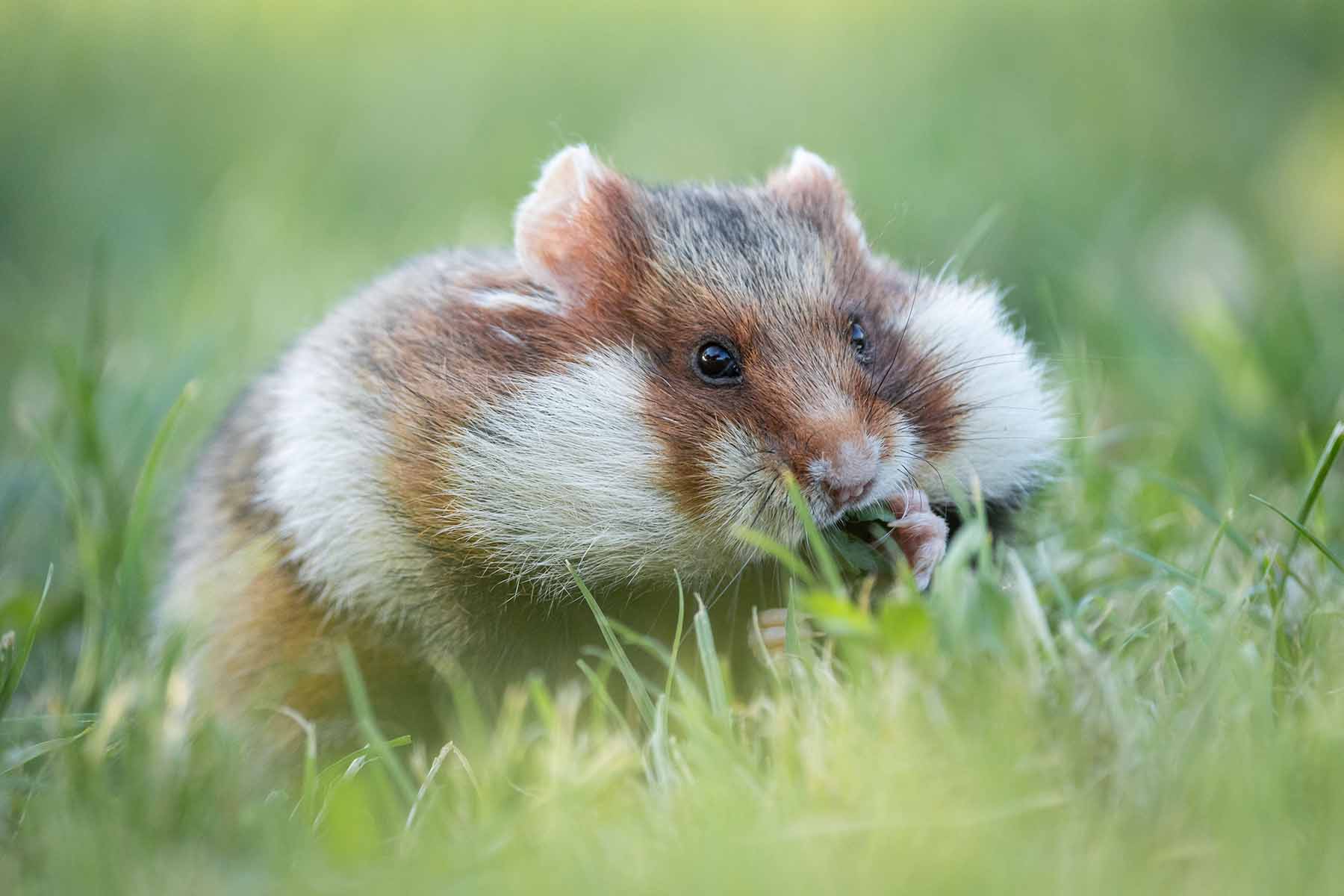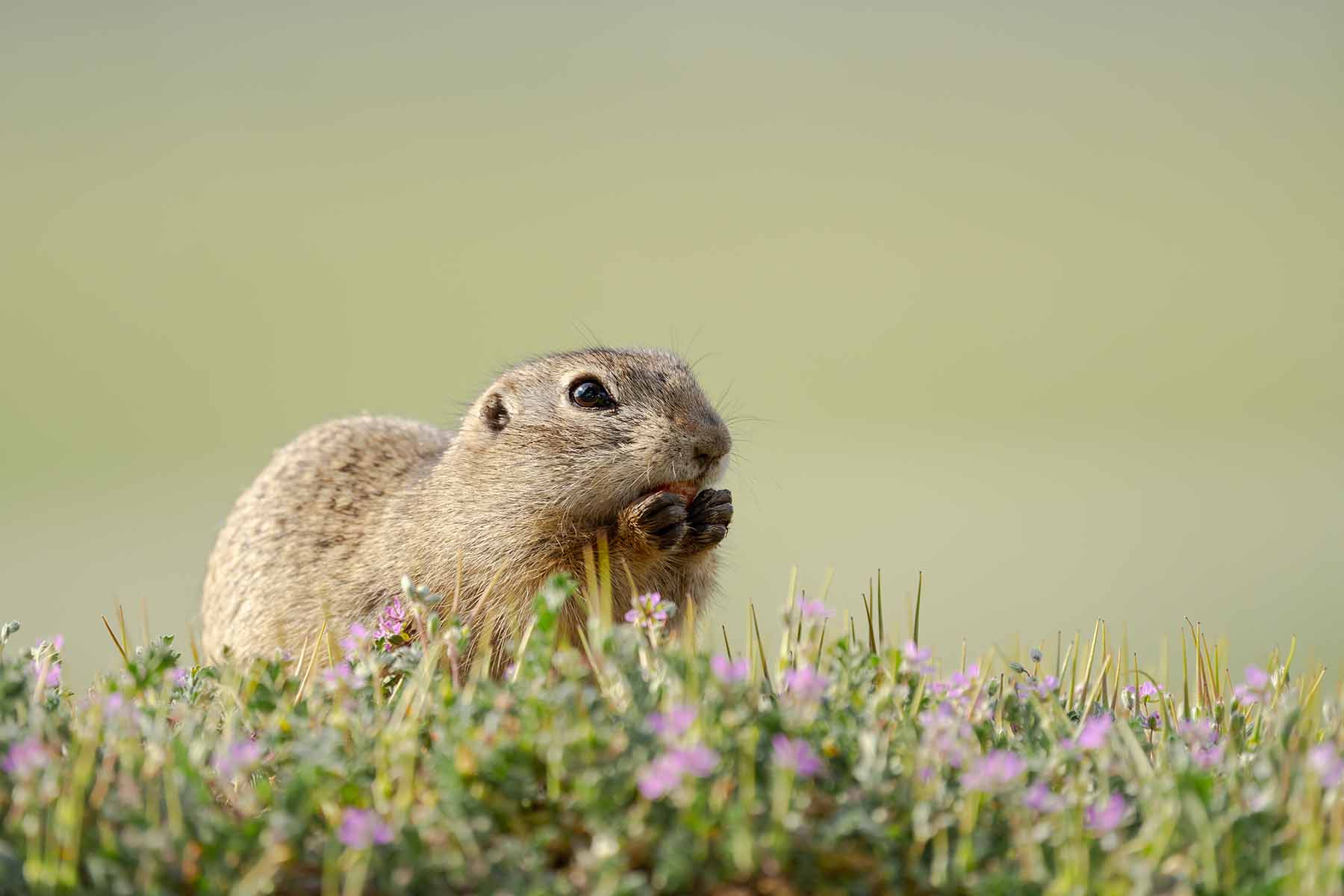
Wild Vienna
Imperial splendour, culinary temptations, and cultural delights – Vienna entices with a unique mix of offers for all the senses. But one thing remains hidden from most visitors: large green spaces that extend far into the city make Vienna one of the most biologically active cities in Europe. Behind historic facades and in the shadow of imposing buildings, the most amazing creatures have made themselves at home. Where human history has unfolded over hundreds of years, generations of extraordinary creatures have made their homes. Their stories make this city of culture, a city of the wild.
In the best spring mood, for example, rabbits show themselves on the banks of the Danube facing the city. In the shadow of the Millennium Tower, more than hundred of the cute little animals cavort. It’s a mix of wild and abandoned pet rabbits which have developed considerable mating activity.
The many street lamps are buzzing around at night in the warm season, but not only by visitors to the many outdoor dining areas. Sometimes even bats seem to follow them into the light, even if they don't really depend on lighting. On closer inspection, however, the fluttering animals turn out to be huge butterflies, like Viennese emperor. The moths are the largest in Europe and can be found in many Viennese parks and avenues. Their caterpillars are also extremely conspicuous: more than 10 centimeters long, in the last larval stage squeaky green with light blue dots.
On the other bank of the Danube there is a special urban development feature: a more than 20-kilometre-long public bathing pond, the New Danube. An artificial island built in the 1980s separates the water from the main stream and has in turn produced a very characteristic fauna and flora. Despite the intensive use as a local recreation area, there are many quiet corners where beavers can build and kingfishers can dive.
The inner parts of the city are also full of wildlife. Kestrels appreciate the many niches and nooks in the facades of historic buildings and the good overview they have of high rising buildings such as the Votive Church. There they wait patiently until a mouse shows up somewhere and pounce on it. Kestrel Pairs will sometimes move into some of the finest addresses in Vienna. The boys then grow up with a great view of the Ringstrasse, St. Stephen's Cathedral or Karlskirche.
A special feature of the Viennese biotope is the way in which food and drinks are consumed outside the home. This is due to the fact that Vienna is the only capital city in Europe with a wine-growing region worth mentioning: vines are cultivated on 7 million square meters of urban area. Well-known winegrowers and their picturesque wine taverns are easy to reach by bike or tram. On sunlit terraces, you can be lucky enough to see a fox stuffing itself with the grapes left over from the grape harvest.
Harvesting is also carried out on Vienna's numerous agricultural areas – a total of 180 square kilometres in size and a paradise for European hamsters in many places. A Viennese peculiarity is their preference for cemeteries, where they gather their winter supplies between polished stones and floral decorations and fight fierce battles if they get too close to each other.
| Country: | Austria |
| Language: | English |
| Runtime: | 52 minutes |
| Director: | Martin Mészáros |
| Producer: | Jörn Röver, Tom Synnatzschke, Sabine Holzer / Doclights/NDR Naturfilm |



